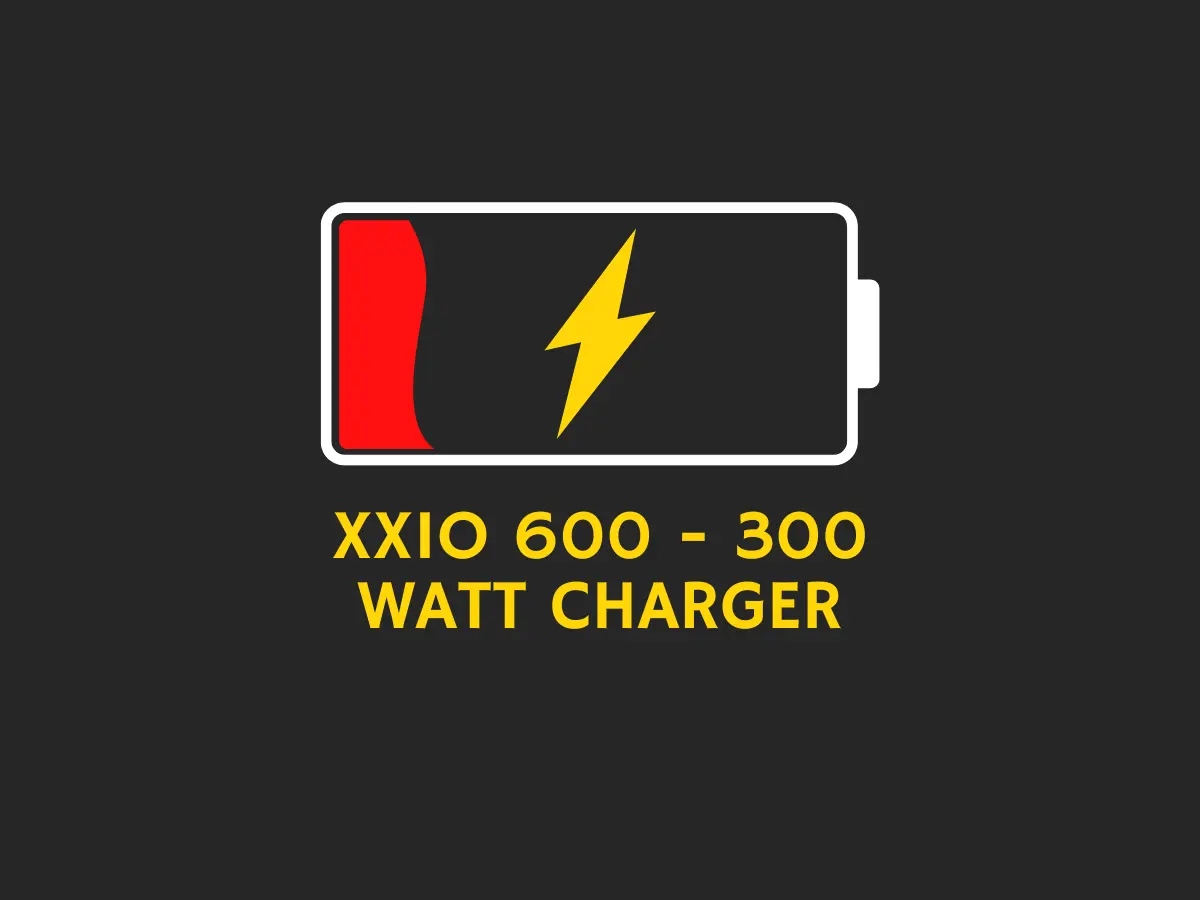https://acortaz.eu/que-servidor-informatico-elegir-para-mi-empresa-guide
A Comprehensive Guide to Choosing an IT Server for Your Business
Choosing the right IT server for your business is a crucial decision that impacts operational efficiency, data security, and scalability. With evolving technology and updated guidelines from Google, businesses must navigate a complex landscape to select a server that aligns with their needs and future growth. This guide explores the essential factors to consider when choosing an IT server, incorporating the latest best practices and insights from August 2024. For more in-depth information and recommendations on selecting the ideal IT server, visit https://acortaz.eu/que-servidor-informatico-elegir-para-mi-empresa.
1. Understand Your Business Needs
Before selecting a server, it’s important to evaluate your business needs comprehensively. Consider the following factors:
a. Business Size and Growth
- Small to Medium Enterprises (SMEs): Often require scalable solutions that can grow with the business. Cloud servers or managed hosting can be ideal.
- Large Enterprises: May need more robust, on-premises servers for handling large volumes of data and complex applications.
b. Type of Applications and Workloads
- Basic Applications: For running standard office applications and email, a basic server with moderate specifications will suffice.
- High-Performance Applications: For data-intensive applications, such as databases or enterprise resource planning (ERP) systems, opt for servers with high processing power, memory, and storage.
c. Budget Considerations
- Initial Investment vs. Ongoing Costs: Consider both the upfront cost of the server and the long-term costs, including maintenance, power, and cooling.
2. Server Types: On-Premises vs. Cloud
a. On-Premises Servers
- Advantages:
- Control and Customization: Full control over hardware and software configurations.
- Data Security: Data remains within the company’s premises, which can enhance security and compliance.
- Disadvantages:
- High Initial Costs: Significant investment in hardware and infrastructure.
- Maintenance: Requires in-house IT resources for maintenance and management.
b. Cloud Servers
- Advantages:
- Scalability: Easily scale resources up or down based on demand.
- Cost-Effective: Pay-as-you-go model reduces initial costs and eliminates hardware expenses.
- Disadvantages:
- Data Security: Data is stored off-site, which may raise concerns about security and compliance.
- Dependence on Internet: Requires a reliable internet connection for access.
3. Key Features to Consider
a. Processor (CPU)
- Performance: Opt for multi-core processors to handle multiple tasks simultaneously.
- Brand: Intel Xeon and AMD EPYC are popular choices for high-performance servers.
b. Memory (RAM)
- Capacity: Adequate RAM is crucial for running applications smoothly. For most business applications, a minimum of 16GB is recommended, with 32GB or more for high-performance needs.
- Type: DDR4 is commonly used, but DDR5 offers improved performance if supported by your server.
c. Storage
- Type: SSDs offer faster data access speeds compared to traditional HDDs.
- Capacity: Depends on your data storage needs. Consider starting with a scalable solution to accommodate future growth.
d. Networking
- Bandwidth: Ensure sufficient bandwidth to handle the volume of traffic your server will process.
- Redundancy: Implement failover and backup solutions to maintain network availability.
e. Security Features
- Firewall and Antivirus: Essential for protecting against cyber threats.
- Encryption: Ensure data encryption both at rest and in transit.
f. Backup and Recovery
- Backup Solutions: Regular backups are critical for data recovery. Consider automated backup solutions to minimize data loss risks.
- Disaster Recovery Plan: Develop a comprehensive plan for data recovery in case of hardware failure or other emergencies.
4. Compliance and Regulations
Adherence to industry regulations is crucial. Ensure your server choice complies with relevant standards, such as:
- GDPR: For businesses operating in the EU, ensure data protection and privacy standards are met.
- HIPAA: For healthcare-related businesses in the US, compliance with HIPAA regulations is essential.
- PCI-DSS: For businesses handling payment card information, PCI-DSS compliance is required.
5. Future-Proofing Your Server
Technology evolves rapidly, so choose a server that can adapt to future needs:
- Scalability: Opt for servers that allow easy upgrades to memory, storage, and processing power.
- Modular Design: Modular servers can be expanded or upgraded without replacing the entire system.
- Cloud Integration: Consider hybrid solutions that integrate on-premises and cloud resources for flexibility.
6. Vendor and Support Considerations
- Reputation: Choose reputable vendors known for reliability and customer support.
- Warranty and Support: Ensure the server comes with a robust warranty and support options, including 24/7 assistance.
7. Implementation and Testing
- Deployment: Plan a smooth deployment process to minimize downtime. Engage with IT professionals if needed.
- Testing: Thoroughly test the server to ensure it meets all performance and functionality requirements before full-scale implementation.
Conclusion
Selecting the right IT server is a strategic decision that impacts your business’s efficiency and growth. By understanding your specific needs, evaluating server types, and considering key features, you can make an informed choice that aligns with your business objectives. For more guidance on choosing the ideal IT server, visit https://acortaz.eu/que-servidor-informatico-elegir-para-mi-empresa. Keep in mind the importance of compliance, future-proofing, and support to ensure a successful server implementation. Stay updated with technological advancements and industry standards to maintain a competitive edge and ensure your IT infrastructure remains robust and reliable.














Post Comment